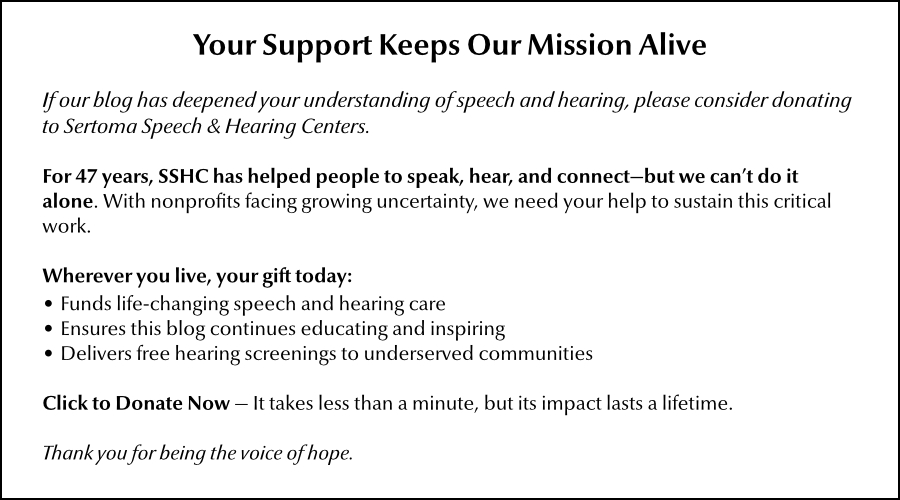For the first time, researchers have successfully kept a mammalian cochlea—the delicate, spiral-shaped organ responsible for hearing—alive and functioning outside of the body. This significant achievement, reached shortly before the passing of renowned scientist A. James Hudspeth, provides new insights into the fundamental mechanics of how we hear.
Why this matters now
Scientists can finally test potential hearing loss treatments in a controlled way. They can target specific cells and interactions with experimental drugs, potentially leading to the first approved medications for restoring hearing.
“This study is a masterpiece. In the field of biophysics, it’s one of the most impressive experiments of the last five years.” —Marcelo Magnasco, Ph.D., biophysicist, head of the Laboratory of Integrative Neuroscience, Rockefeller University
The challenge
The cochlea, our hearing organ, is deep within the densest bone in the human body. Its fragility made studying it in action nearly impossible until now.
How it works
Researchers extracted tiny 0.5-millimeter slivers from gerbil cochleae (whose hearing resembles humans'). They placed these samples in a chamber that mimics the ear's natural environment with nutrient-rich fluids, proper temperature, and electrical conditions.
 A specially designed chamber that helps imitate the living environment of the cochlea.
A specially designed chamber that helps imitate the living environment of the cochlea.
What they discovered
Scientists watched the cochlea's microscopic "hair cells" respond to sound in real time. These 16,000 cells, topped with hundreds of tiny "feelers," convert sound waves into electrical signals for our brains to interpret
1 big idea
The team confirmed mammalian hearing relies on the same principle found across all animals—a phenomenon called "Hopf bifurcation." It's a mechanical tipping point that allows faint whispers to trigger powerful sound amplification.
The backstory
Hudspeth and Marcelo Magnasco proved this principle existed in bullfrogs in 1998. Whether it applied to mammals remained debated for over 25 years.
A closer look
The researchers observed the cochlea's active amplification process—seeing ion channels open and close in hair bundles, and outer hair cells stretch and contract in response to voltage changes.
"We could see in fine detail what every piece of the tissue is doing at the subcellular level." —co-author Francesco Gianoli, Ph.D.
The big picture
This discovery confirms that hearing mechanics are similar across all life forms, from insects to humans—a unifying biological principle decades in the making.
The bottom line
Hudspeth's team has developed a groundbreaking innovation that will likely revolutionize our understanding, prevention, and treatment of hearing loss, giving hope to millions.
Healthy hearing starts here
Learn about the health of your hearing with a free 15-minute hearing screening by an audiologist.
★ Call 708-599-9500 to schedule your free screening.
★ For facts about hearing loss and hearing aid options, grab your copy of The Hearing Loss Guide.
★ Sign up for our newsletter for the latest on Hearing aids, dementia triggered by hearing loss, pediatric speech and hearing, speech-language therapies, Parkinson's Voice therapies, and occupational-hearing conservation. We publish our newsletter eight times a year.
Don't let untreated hearing loss spoil your enjoyment of life.


